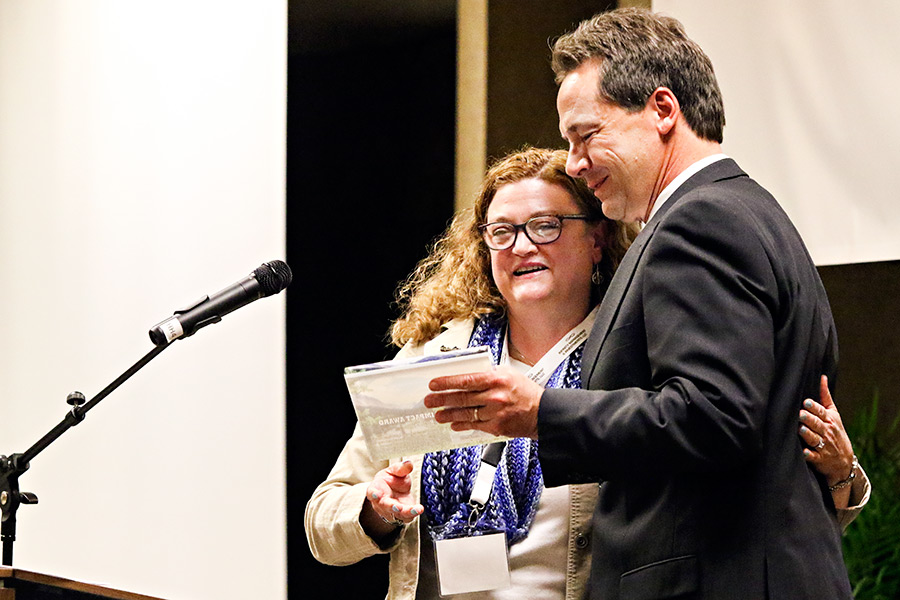Affordable Housing Leaders ‘Fired Up’ Over Economic Crisis
Gov. Bullock, local and regional experts encouraged by momentum on statewide housing issue
By Tristan Scott
Sheila Rice is “fired up” about the affordable housing crisis in Montana.
Rice, who serves on the Montana Board of Housing, addressed attendees May 25 at the 2016 Annual Montana Housing Partnership Conference in downtown Kalispell, saying the looming crisis has her “fired up,” but so does the momentum building toward tackling the issue.
The pressing need to solve the affordable housing shortage has reached a high point, she said, but bright spots on the horizon indicate a willingness by state government officials to increase spending on housing. Meanwhile, local communities are banding together to seek a resolution and a proposal in Congress to increase the appropriation for housing tax credits by 50 percent is a promising step forward.
Still, even though everyone agrees that more affordable housing is a critical need, Rice urged state, federal and local government leaders to do more in order to meet Montana’s housing needs.
“I am fired up because Montana lacks 18,000 apartments and homes that are affordable to extremely low-income families. I am fired up because the homeownership rate in Montana has dropped from 70 percent to 66 percent and the Native American homeownership is less than 50 percent. I am fired up because rents have increased in Montana by more than 5 percent per year for the last three years and 72 percent of very low-income families pay more than 50 percent of their monthly income for housing,” she said.
The conference drew national, regional and local experts to address a range of affordable housing issues, including linkages between infrastructure and workforce development, public housing, housing choice vouchers, the nexus between health and housing, and community revitalization and development.
Gov. Steve Bullock made an appearance at the conference for the third year in a row, telling attendees that solving the affordability problem will “build a platform from which dreams can be launched and realized.”
Rice said Montana businesses are unable to grow because there are no homes for new employees, a problem that has been especially prominent in Flathead County, and Whitefish in particular.
Housing costs in Whitefish are outpacing Flathead County and the state, displacing critical workers who fill the jobs driving the tourist-based economy.
Statewide, the average rent for a two-bedroom apartment is $724, but the rent that a low-income person can pay is only $468, Rice said.
According to U.S. Census data, the average renter pays $812 a month in Whitefish, whereas the average renter in Kalispell pays $731.
Earlier this year, the Whitefish Housing Authority was among those who narrowly missed out on the tax credits for affordable housing projects – specifically, $6.7 million to build a 36-unit affordable housing complex on U.S. Highway 93 South.
Bruce Brensdal, executive director of the Montana Board of Housing, said the demand for tax credits far outweighs the resources available, and even the potential for an increase of available tax credits by 50 percent would fall short of closing the gap.
In January, the Board heard requests for federal tax credits for 19 affordable housing projects across the state, totaling $87.8 million, but only had $26.9 million in federal tax credits available.
But Montana also leaves federal funding on the table because the state lacks a source of financing for Non-Competitive (4 percent) Housing Tax Credit projects.
“We can do better on collaborating with developers to take advantage of those 4 percent tax credits,” he said. “As we come together and share ideas, like we’re doing here, we are definitely gaining ground.”